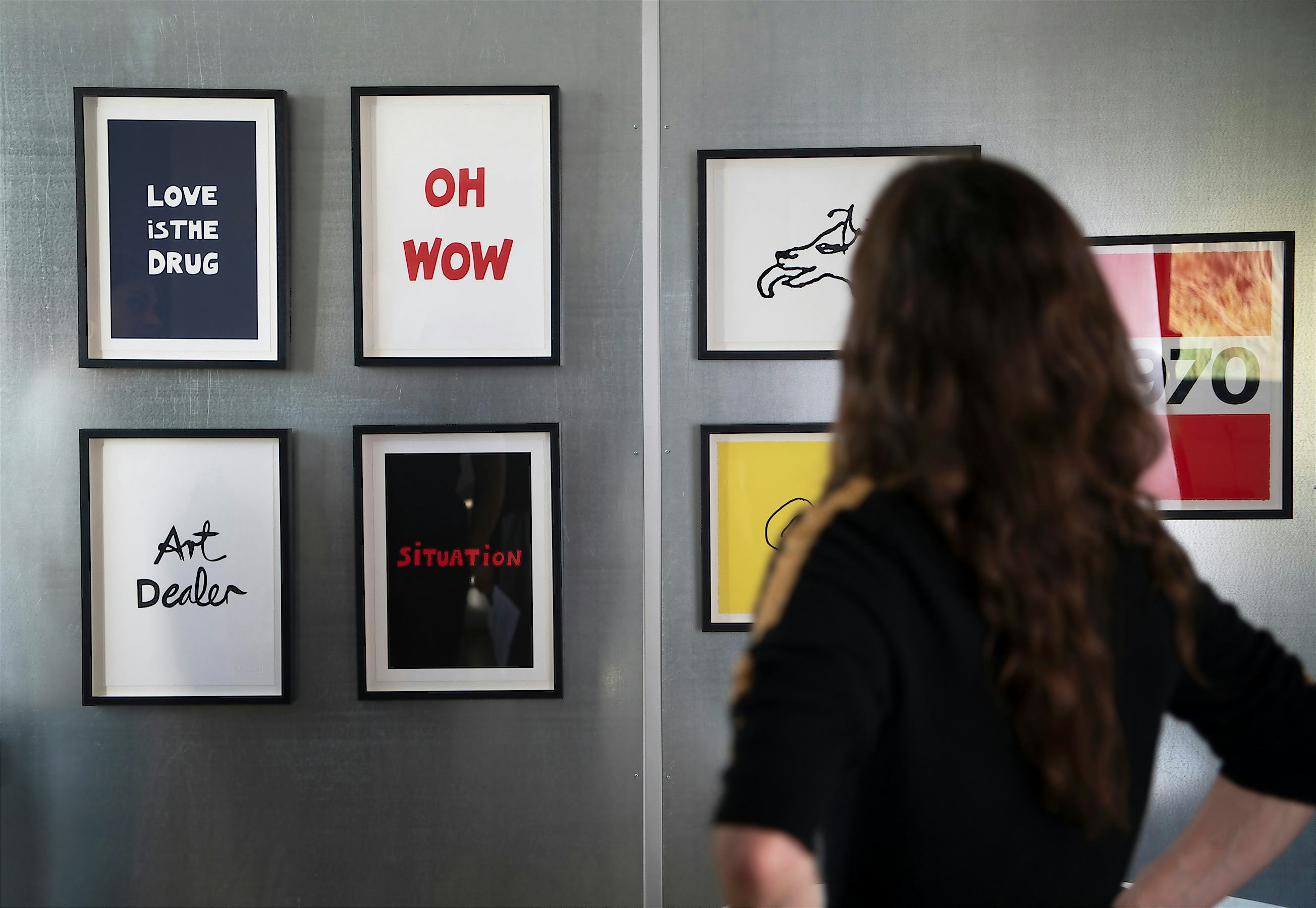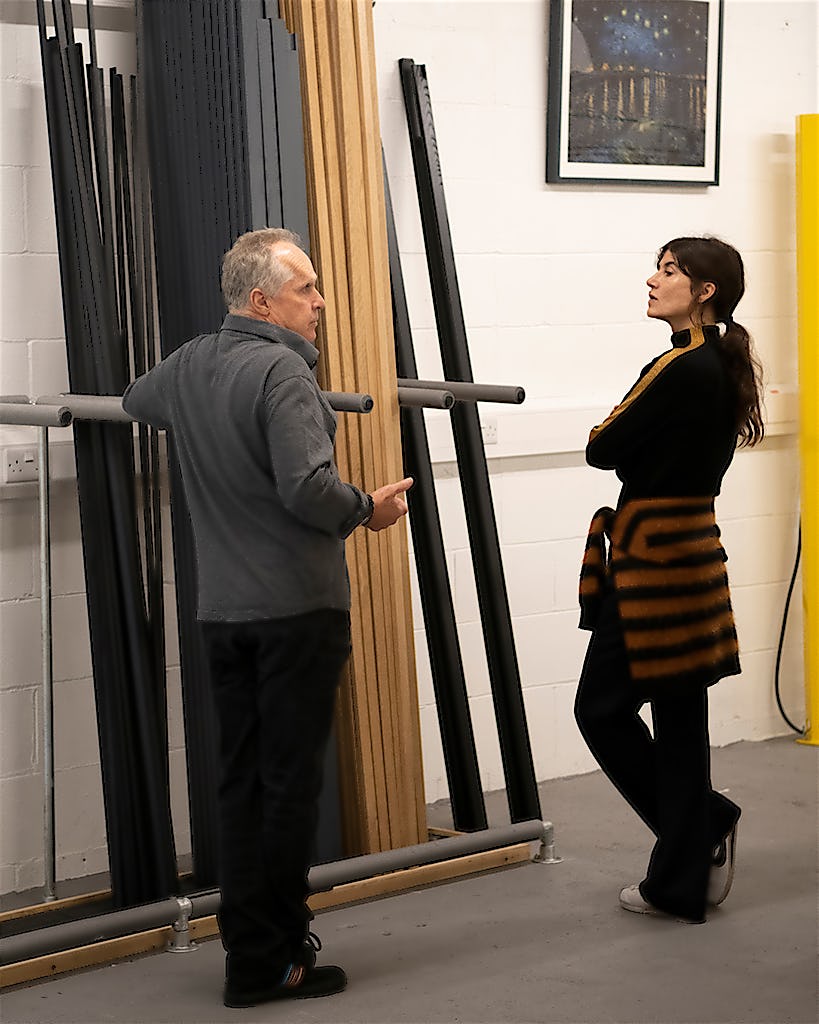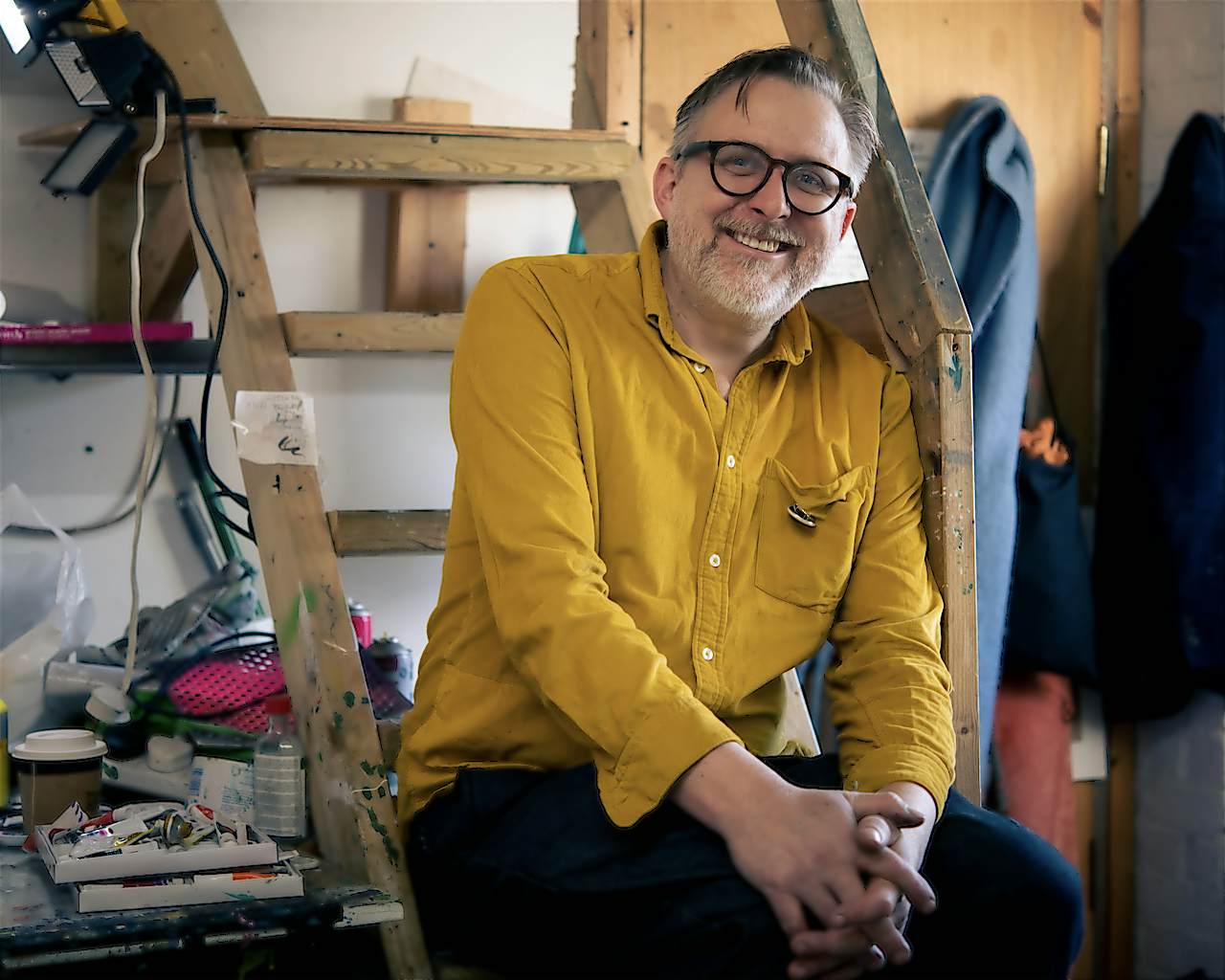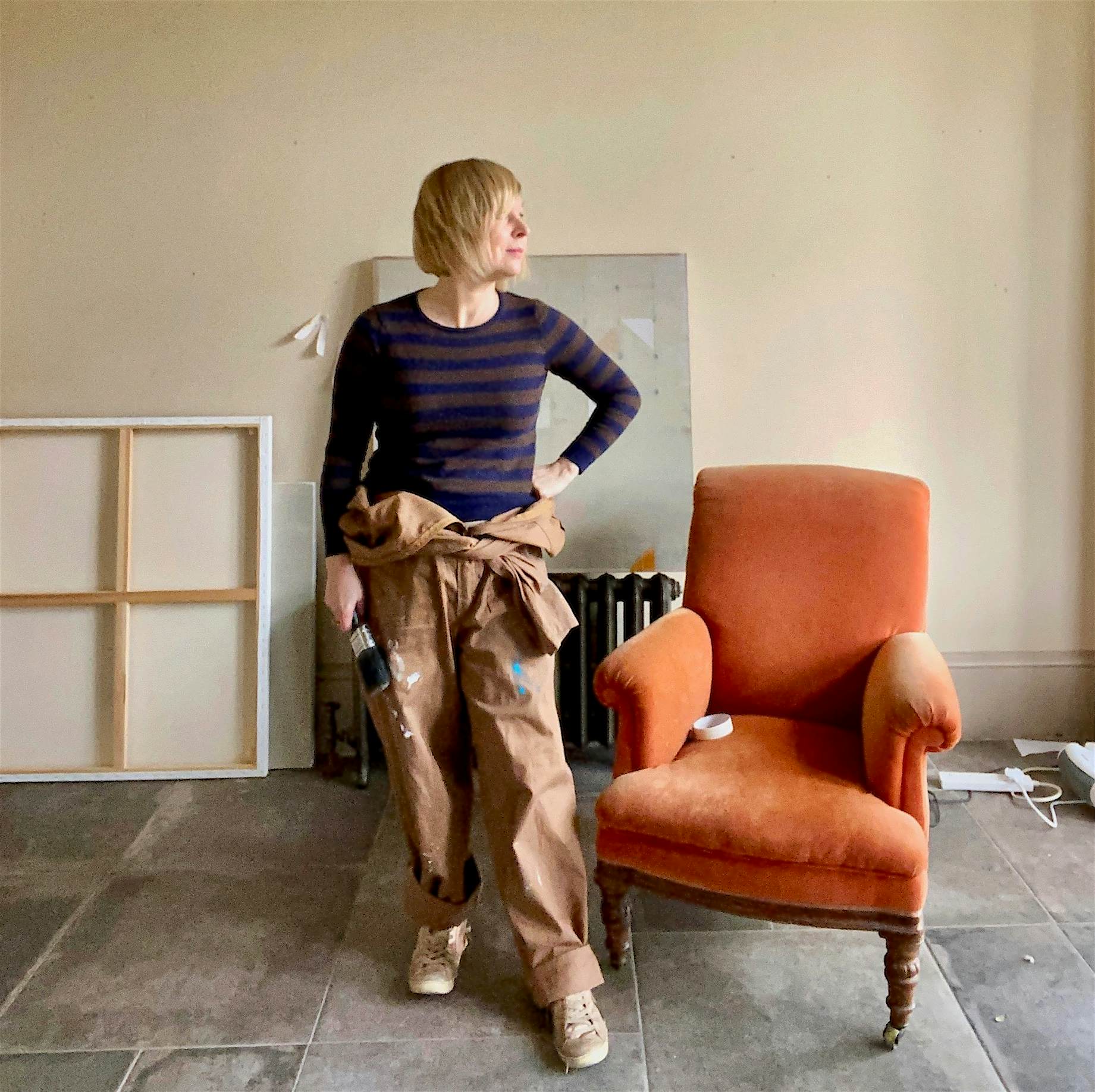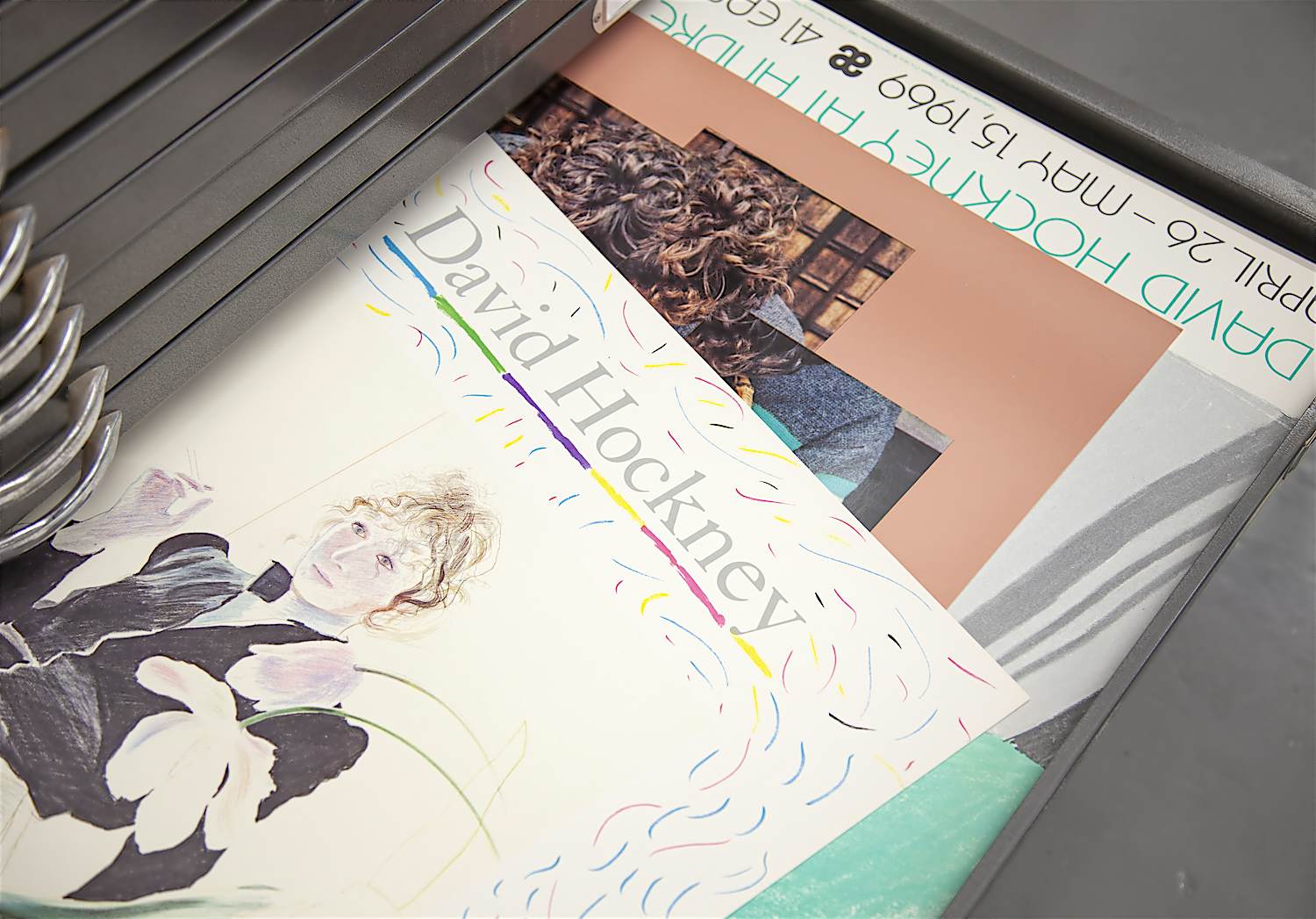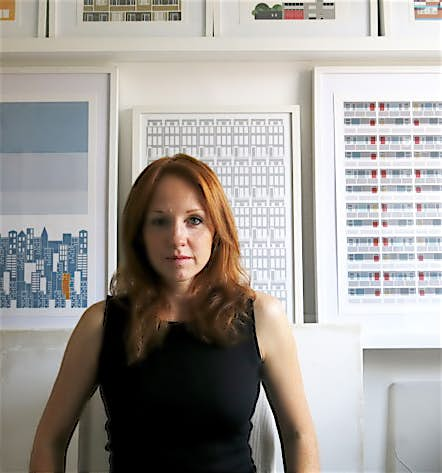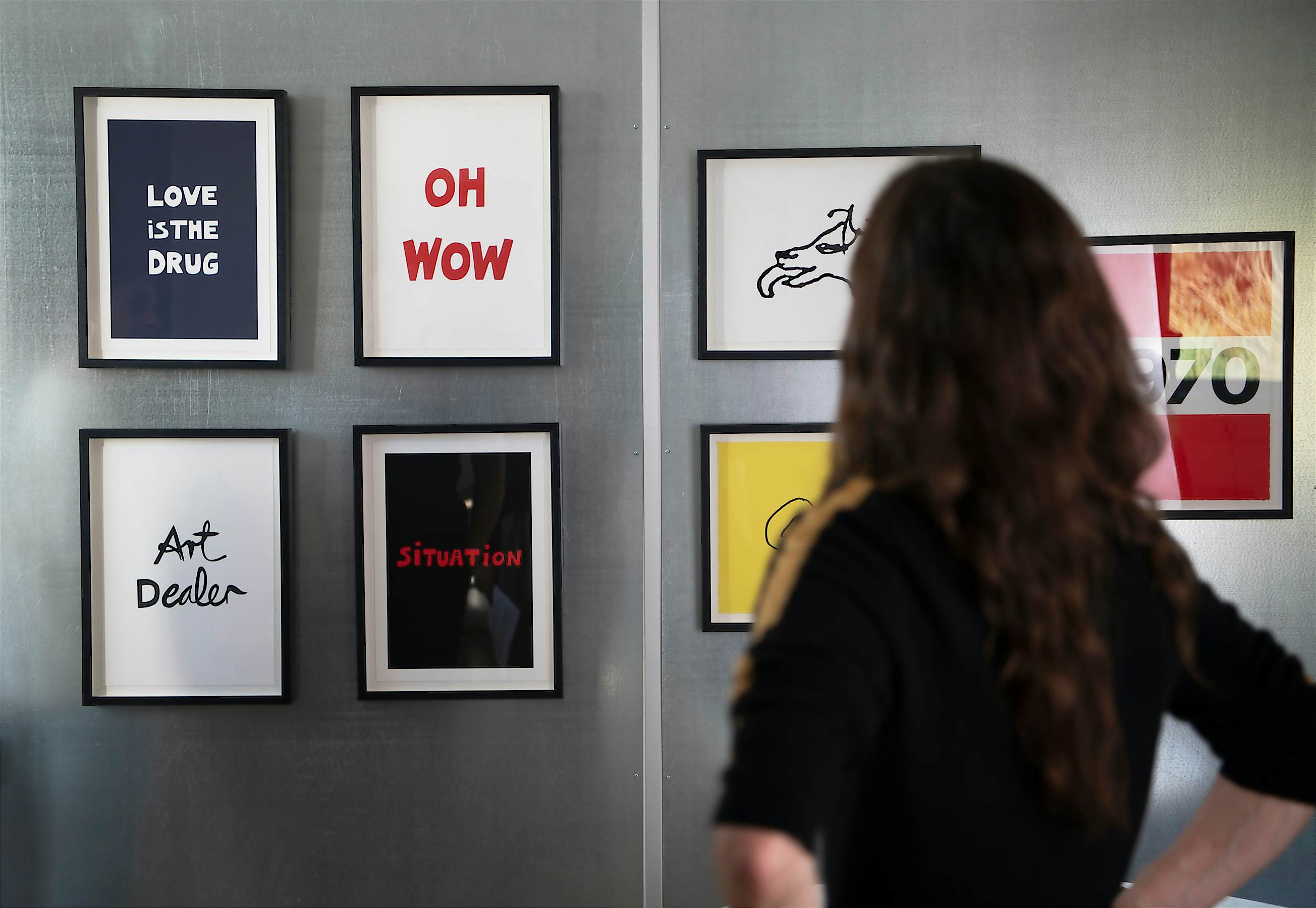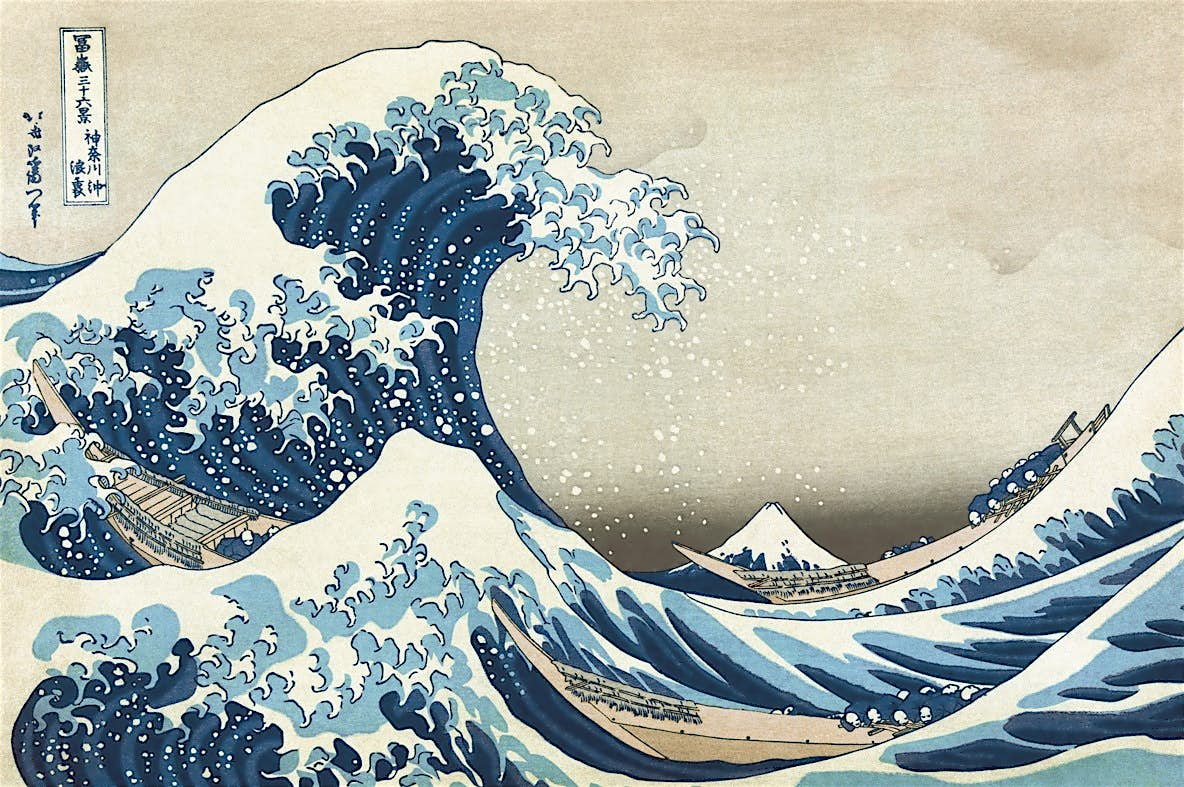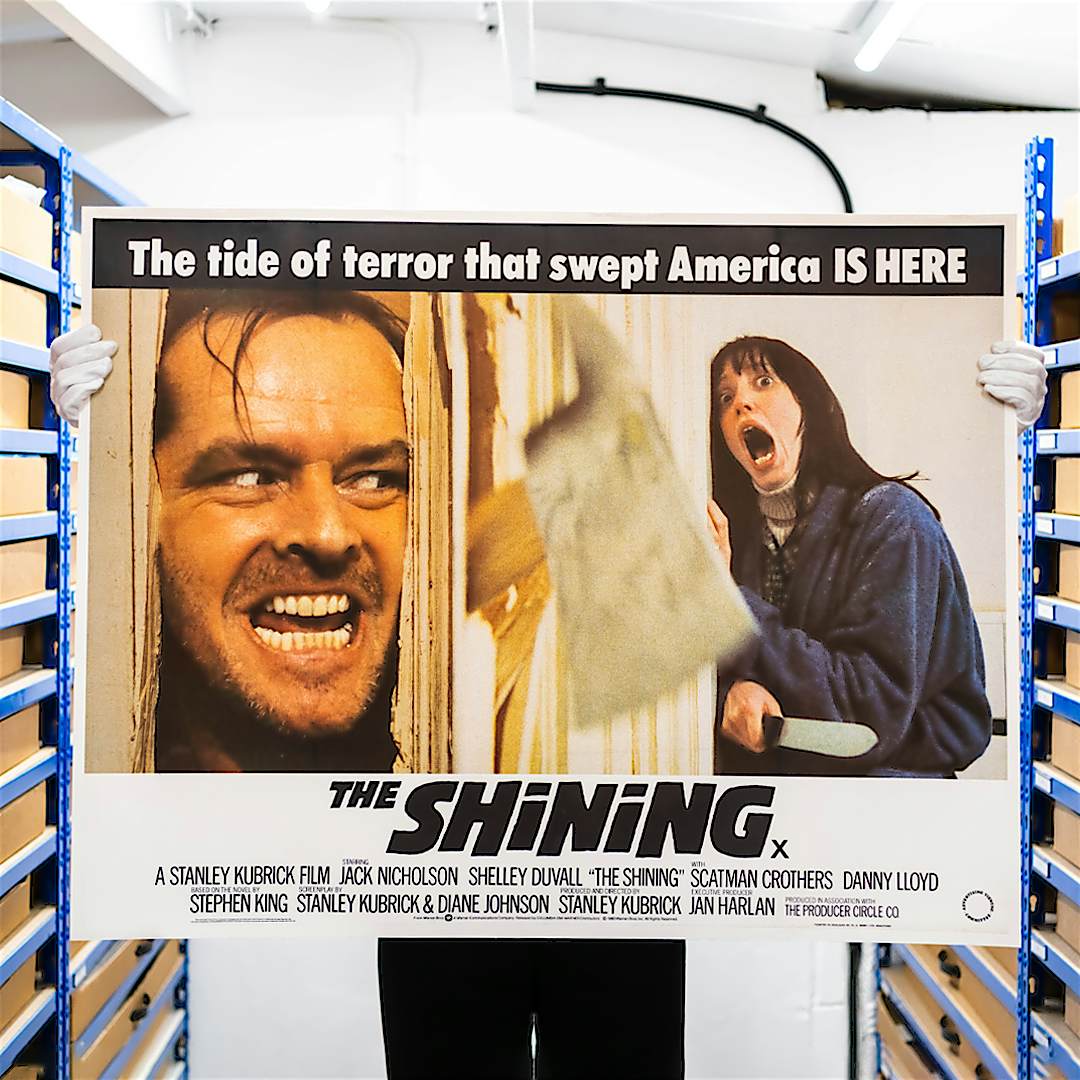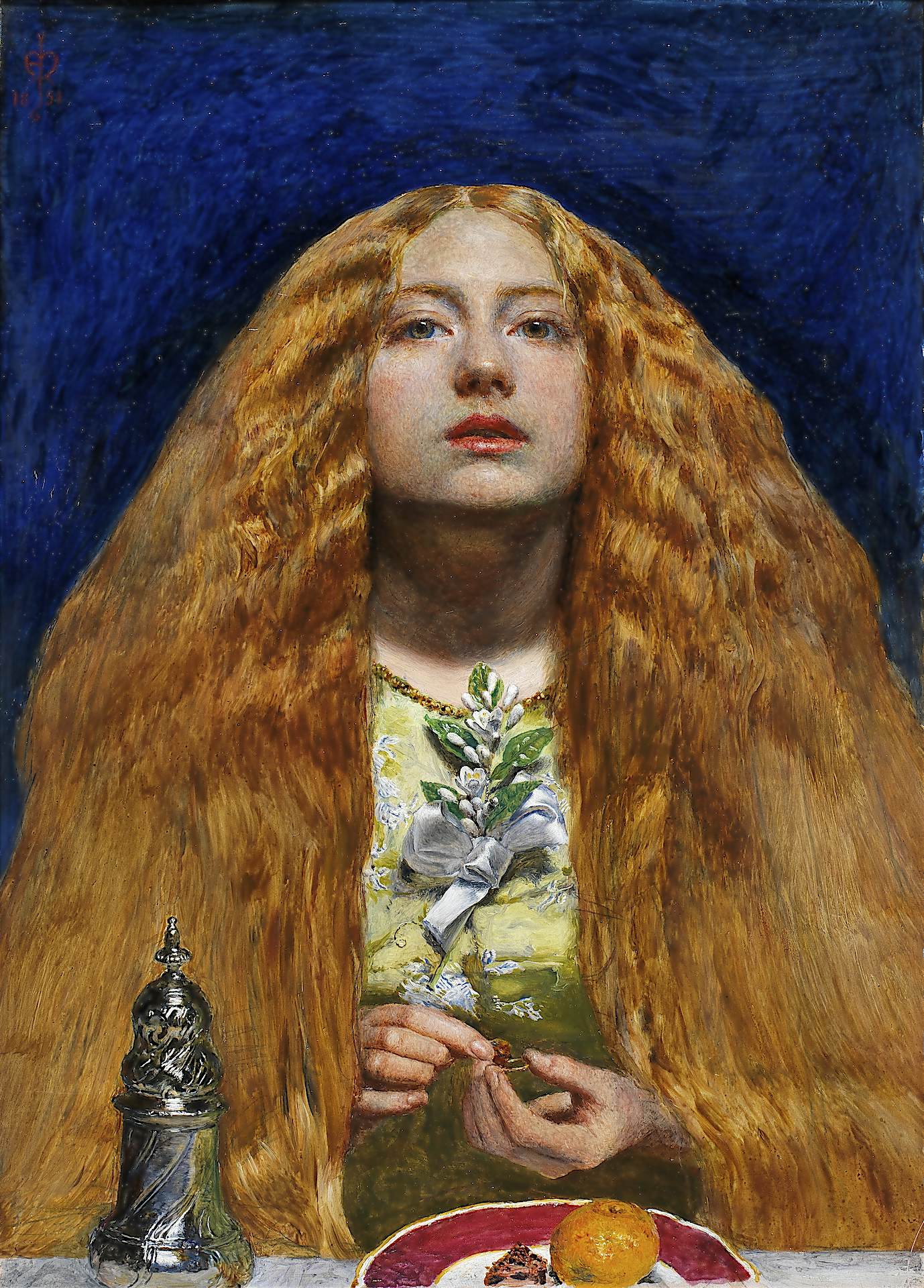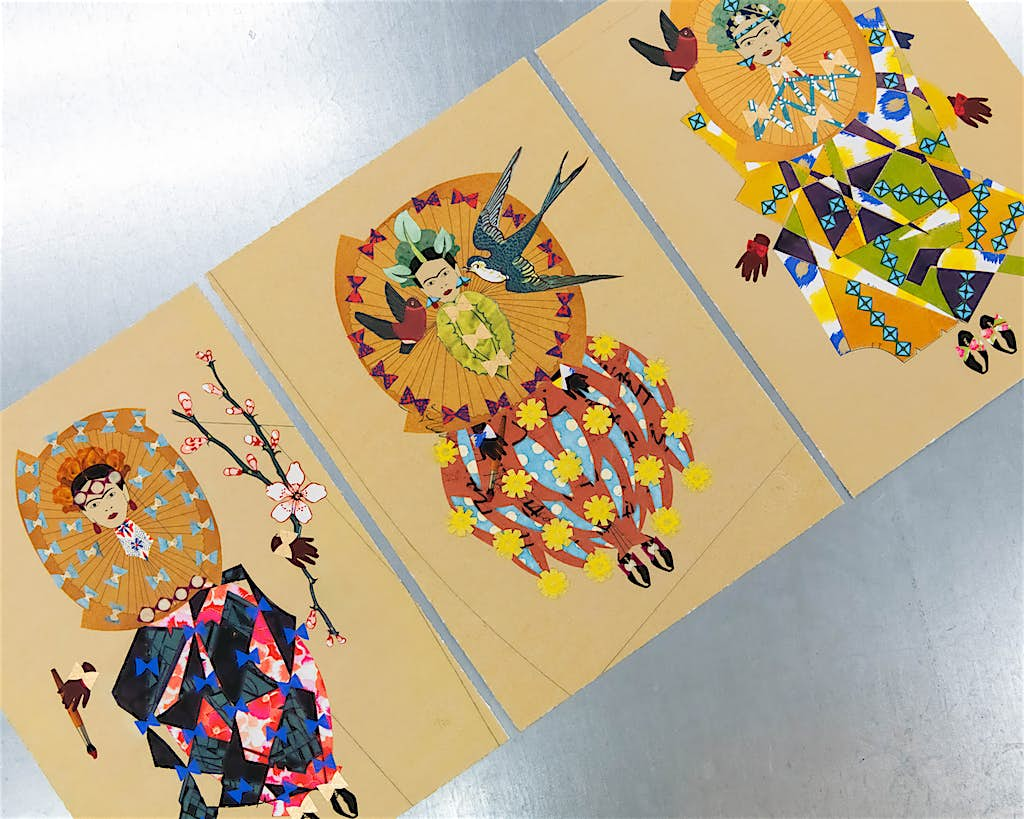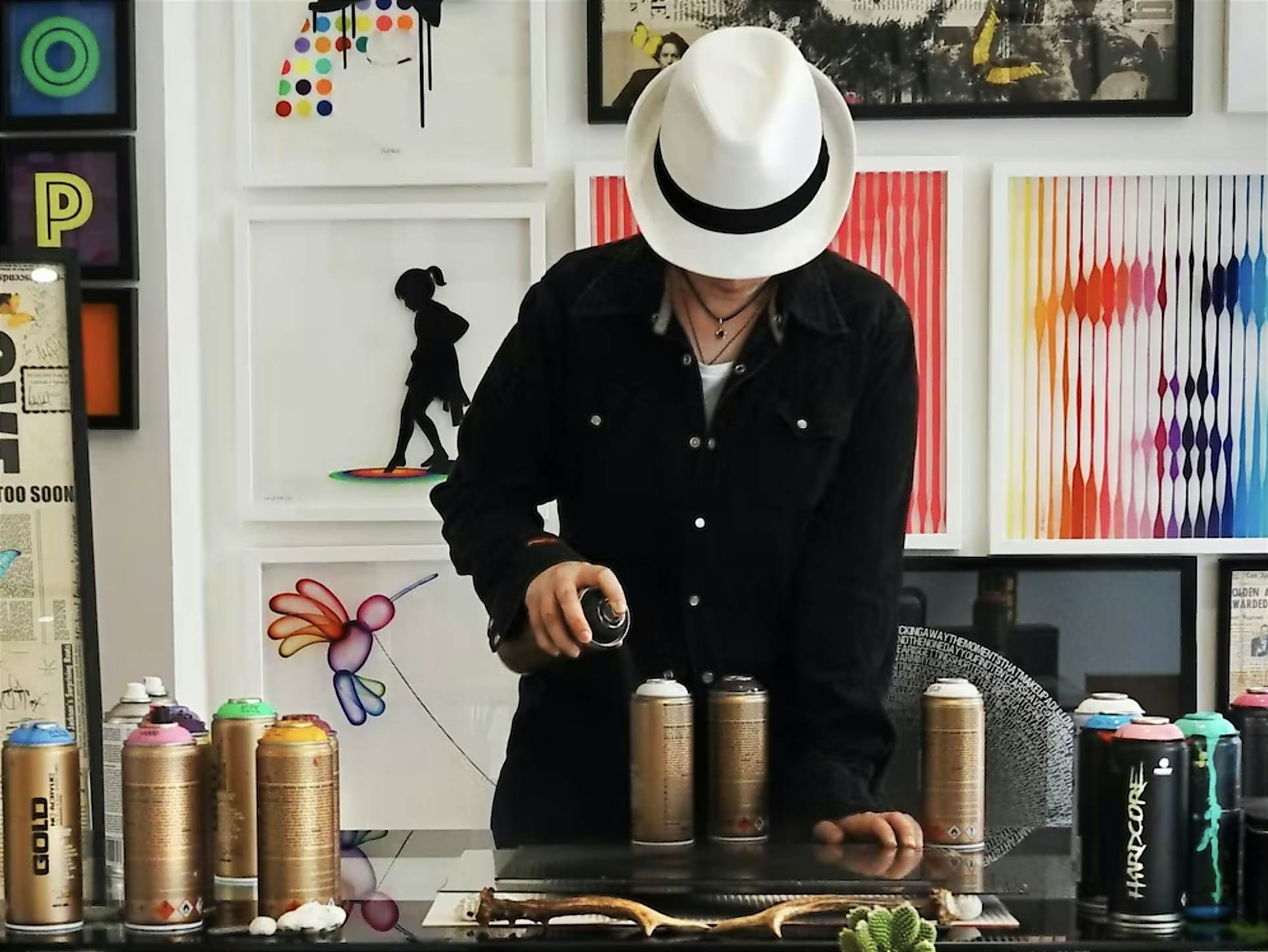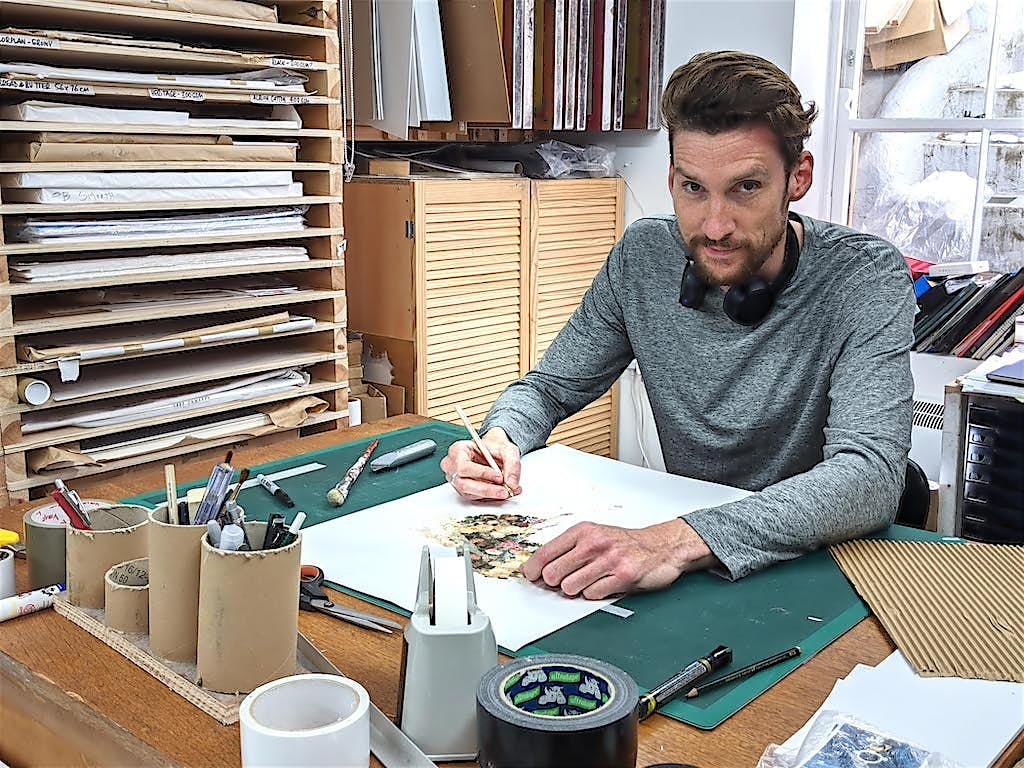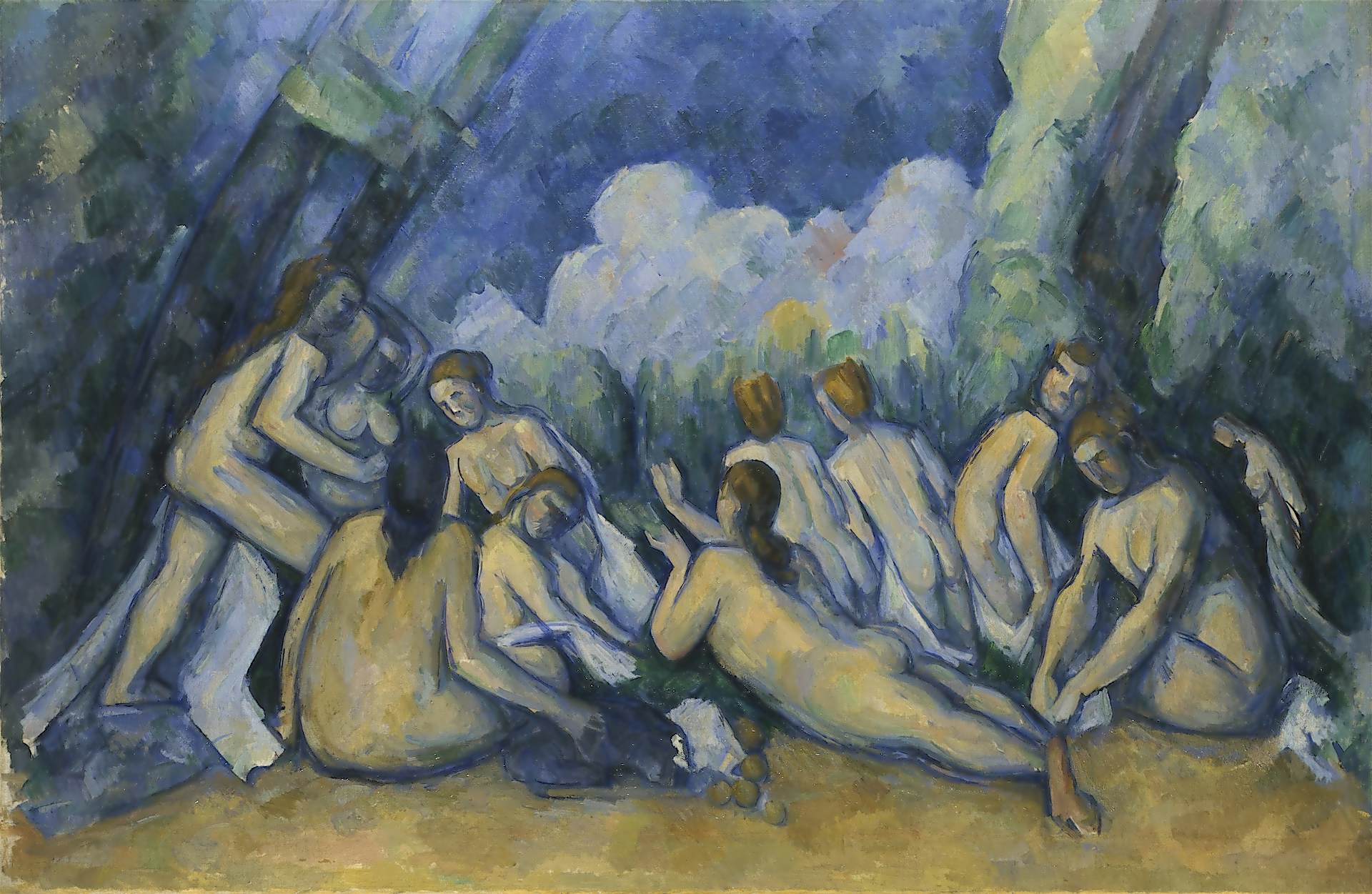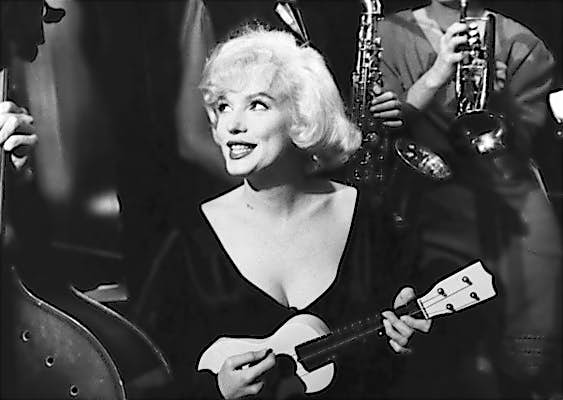Meet celebrated designer Bella Freud
Reading time: 5 mins
Honest and impactful, Bella Freud’s punk-inspired clothing designs have garnered a cult following amongst the likes of Kate Moss, Little Simz, Zadie Smith, and Sienna Miller. We catch up with her to discuss the stories behind her iconic designs, and the new signed special edition prints she’s produced with us.
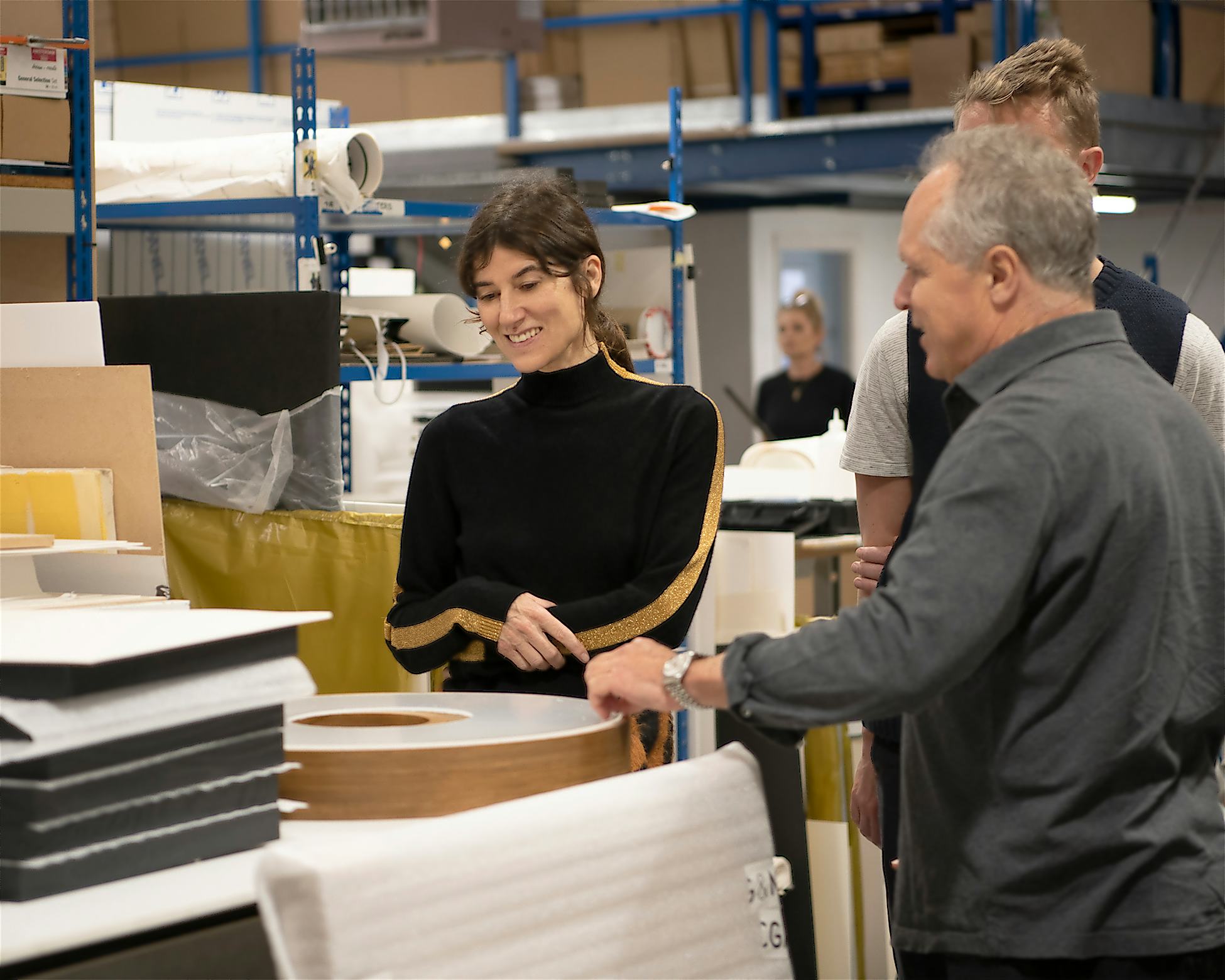
Q: Hi Bella, it’s lovely to meet you. You started your design label in the 1990s, can you tell us more about what the early days were like?
A: I started my label in the 90s and in those days you didn’t really have such a big plan like people seem to have these days. I think a lot of people have watched things on reality TV and they know how to ‘plan’ things.
But I had this idea of how I wanted somebody to look, and it was based on a character – a young girl – called Claudine in a Colette novel. She was incredibly naughty and sort of like a mixture of demure and kind of passionate.
Her story fascinated me and I had this idea about how I wanted her to look. She was from 1900 but I mixed her with Lady Penelope from Thunderbirds and a bit of punk rock. That aesthetic has stuck ever since. That kind of punk rocker who appreciates classy things.
‘Language is the most important, influential, and most beautiful thing that exists. It is the messenger. That means everything to me.’
bella freud
Q: You have a really strong relationship with words and typography too. How do you know when a word is just ‘right’?
A: With words, I’m always on the lookout. I’m always listening too. I take my sketchbook with me everywhere. Especially if I go to a gig: sometimes I’ll hear something and I’ll quickly draw it in my book.
Sometimes it works immediately. Other times, when I’m stuck, I’ll go back through my notebooks and find things from before and it’s just perfect? Like they’re there, just waiting to be used.
If I’m in a hurry, I draw things really fast. Because if I just write it out, it vanishes. It doesn’t imprint. Whereas, with drawing, there’s something about having an idea and how it travels down my arm and onto the page. It has to have that particular journey to register as an idea.
Sometimes I draw a little shape of a design on a t-shirt, and usually, it doesn’t fit in the drawing, but then break the word up and suddenly it has extra meanings. I also like the idea that you can interpret a word however you like.
Language is the most important, influential, and most beautiful thing that exists. It is the messenger. That means everything to me.
Q: Do you ever stumble across words that have an immediate impact on you? Your iconic ‘1970’ design came about whilst you were playing around with a photocopier, right?
A: I was flicking through a book and in the corner I saw the date and the font was kind of good, but it was tiny. I had an old photocopier and so I blew it up really big. I thought the white stripe looked quite good as well. It looks kind of punky. The black and white reminded me of vinyl.
It also reminded me of a thing I’d read when I first became interested in fashion. I was obsessed with Coco Chanel and I remember reading about how she thought a string of pearls could throw light on a woman’s face. I thought the stripe on my jumper was a bit like a punk version of that. It’s very flattering.
For some reason 1970 seems to resonate with people. They feel attached to it, whether they’re young or old.
Q: Was it a particularly formative decade for you personally?
A: I was a teenager in the 70s and so it was when I became interested in style. I was always interested in the power of clothes and how you could use them to seem confident.
I was really shy back then – I am still quite shy – but I knew if I had a good outfit that was like a uniform, that I would feel unselfconscious, and I could get on with things.
Q: Yeah, clothes can be such a good way to boost morale, to lift the spirits. Do you feel the same about the artwork that you have on your walls?
A: It’s a different type of love. For me, clothes are like an armour. They’re a softness capable of sending different signals. Because you want someone to notice you, but how much, or where exactly is really interesting.
Some people say fashion is superficial, but your clothes are so vital.
Whereas the things I hang on my walls are more of a thought feed. It’s stimulating. It keeps your brain active and that’s a good thing.
‘I wanted to be like Joan of Arc but with my words. Sometimes language is all you have to change the world.’
bella freud
Q: Do you think you have absorbed the vocabulary from your designs into your daily life, have they become part of you?
A: They’re very much part of me. I was doing the transfer from being a tomboy obsessed with the World Wildlife Fund and the environment and cleaning out streams and all my drive was there. And then I started reading all these different types of book and I was really conscious of how I didn’t have physical strength. People were always getting in fights and stuff back in those days and I thought all I have is my words. I knew I wanted to use them as deftly as I could. I had a lot of rage as a 12-year-old turning 13. I wanted to be like Joan of Arc but with my words. Language is all you have to change the world.
It’s easy to be just savage and damning and condemning. My father always had brilliant language, and he was particularly good at saying things about people that you’d think, well, they’re over!
But I suppose now I’m more interested in listening and how the power of language can be honest and have some sort of bond between us.
Q: Your logo came about through an experience with your father, Lucian Freud. Can you tell us more about it?
A: When I had just started my label, I was sitting for a painting for him and we were on a break. I asked him to write my name because he had such distinctive writing. He started sketching which was really unusual because he didn’t usually draw during a break, we usually used to just have tea and chat. And then he handed me this picture. And he’d drawn his dog at the time who he called ‘Pluto’.
It was a little drawing of her and he’d written ‘Bella’ and ‘Freud’ underneath, and drawn a little box that was a bit wonky. And it was just perfect.
It's like the strength of his spirit carries on. It’s very nice to have a part of him as part of my work.
Q: You’re producing a collection of silkscreens and special edition prints with King & McGaw What has the experience been like?
A: It’s been wonderful starting out with a drawing of my own and having it end up as a print. I’ve been quite obsessed with screen printing for a long time. I learned how to do it after I saw a film of Andy Warhol screenprinting. It made me realise that so much happens in that moment. It’s so imperfect and the outcome is hard-hitting.
It dawned on me that it was how I could do art. I was very conscious early on that, my father was an artist and I thought I definitely don’t want to do that. I can’t do that.
But I found my way of doing it, which is to draw words. And now, to make something that ends up on the wall like that, and from my own hand is wonderful.
And so, it was really interesting to go around the King & McGaw print workshop listening to Gyr, the CEO, talking about how it all happens. Having done printmaking classes, I knew what he was talking about. It’s a really difficult skill. It’s not easy and it requires an awful lot of practice and patience.
It was also nice to hear Gyr explaining how King & McGaw have transitioned from a certain amount of everything being made by hand to some things now being done with innovative machines, but never to the detriment of people because they are freed up to do other things.
The beauty of it is in the making of something. Finding out what you're capable of.
You find something out about yourself that you didn’t know. And so, making the prints with King & McGaw is just wonderful, it feels like a whole thing has opened up and gives me a different way of thinking about things. It’s good to never get too comfortable.


